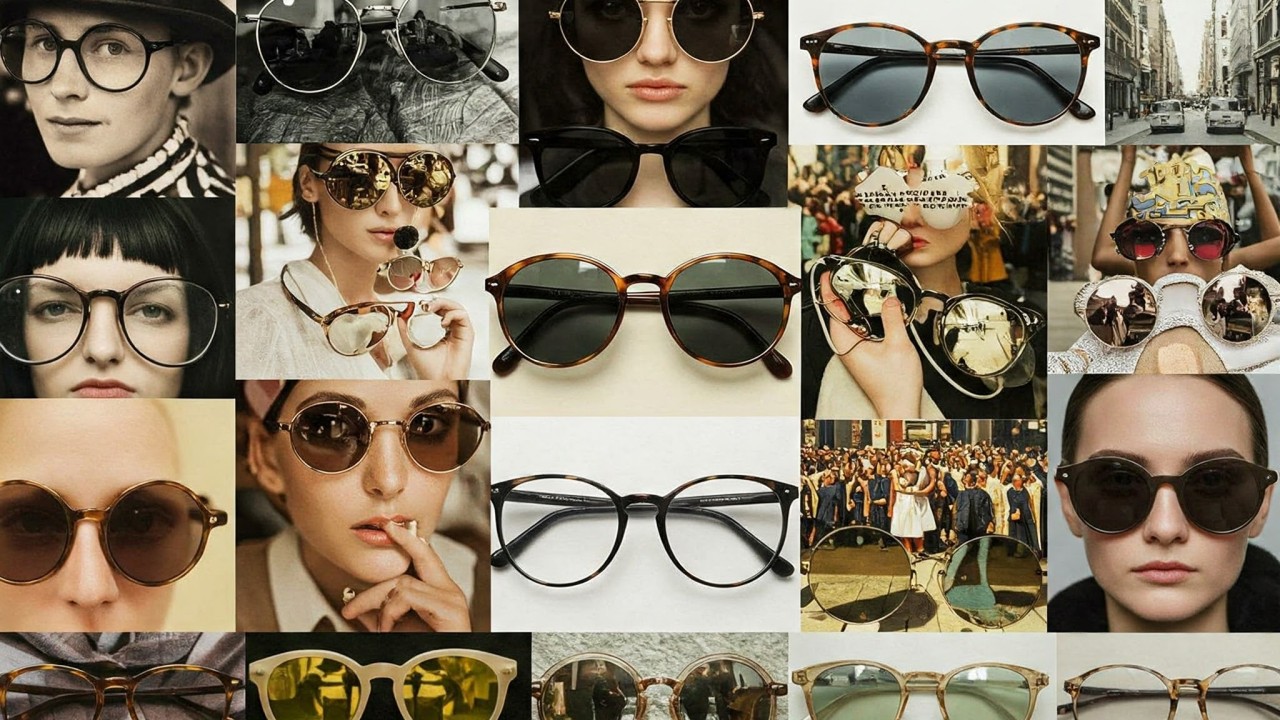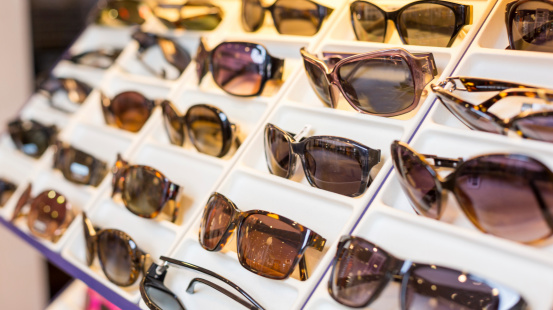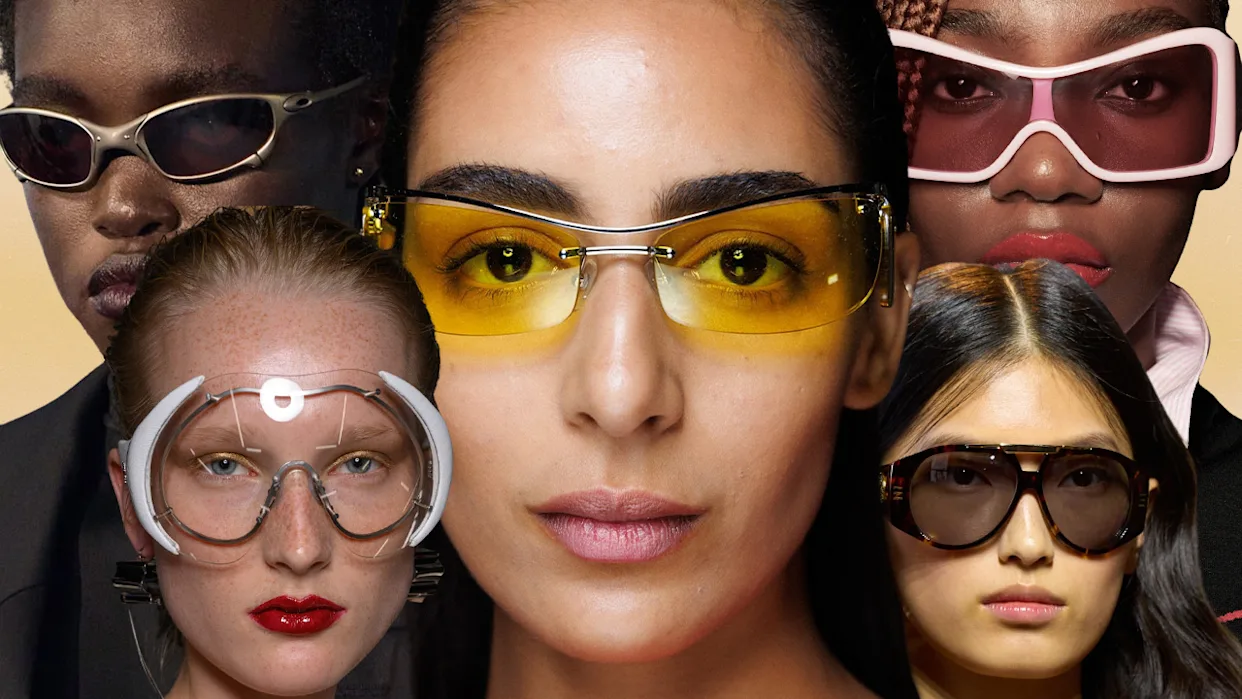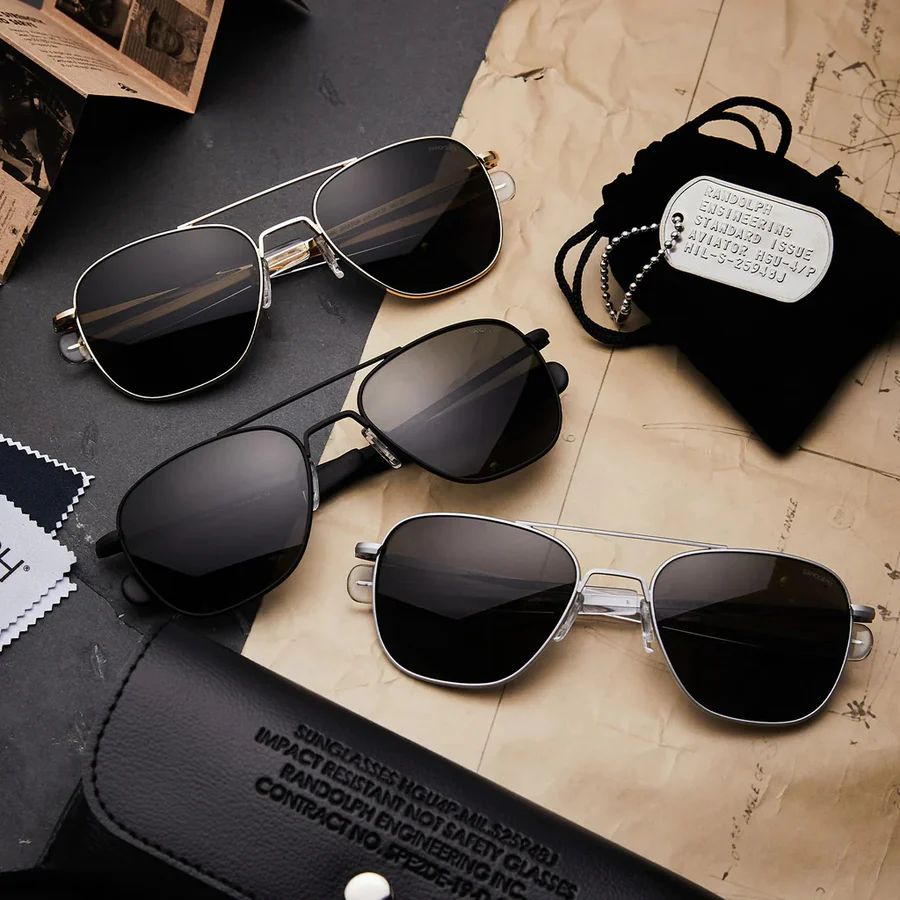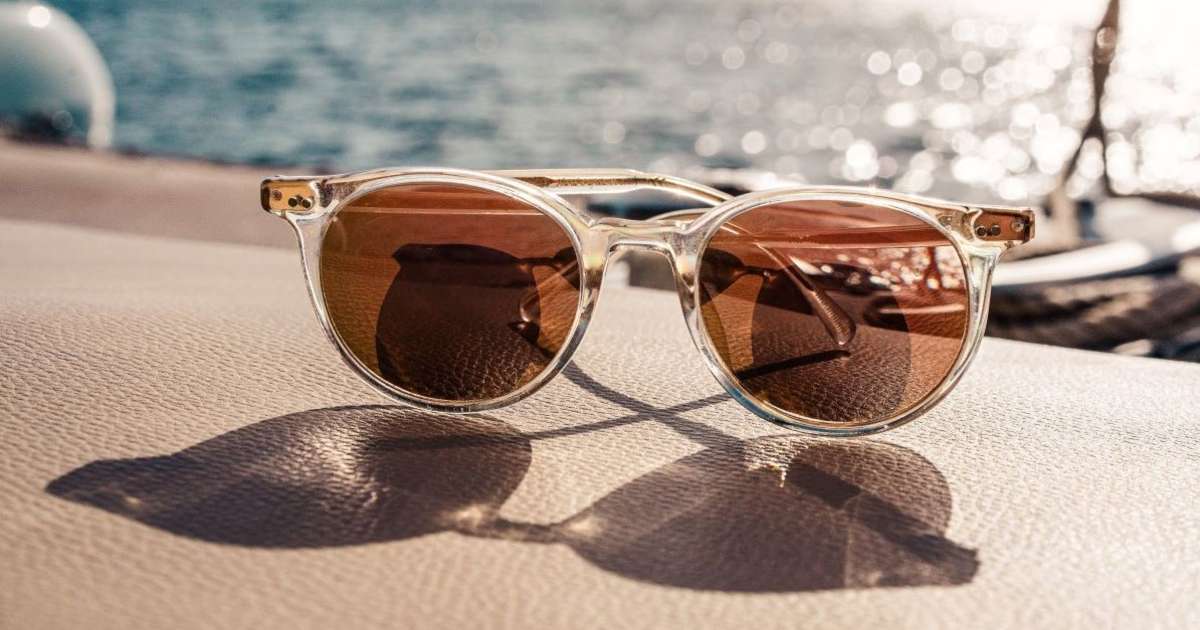How Polarized Sunglasses Improve Eye Safety in 2025
How Polarized Sunglasses Improve Eye Safety in 2025
Boosting Protection, Enhancing Style, and Driving Retail Sales
As eye care awareness continues to rise in 2025, polarized sunglasses have become more than just a fashion accessory. They are now seen as an essential piece of protective eyewear, especially among outdoor enthusiasts, commuters, and athletes. For retailers, this shift presents a golden opportunity to meet consumer demand while emphasizing health-conscious selling.
From a wholesaler’s standpoint, understanding and promoting the benefits of polarized sunglasses is key to helping your retail partners educate their customers and drive high-value sales.
What Makes Polarized Lenses Different?
Polarized sunglasses are specially designed to reduce glare from reflective surfaces such as water, snow, glass, and pavement. Unlike standard tinted lenses, polarization filters horizontal light waves that cause visual distortion and discomfort.
The result is clearer vision, enhanced contrast, and significantly reduced eye strain. Whether someone is driving in bright conditions or fishing on a lake, polarized lenses offer both comfort and critical protection.
In 2025, consumers are more informed than ever and are actively seeking out functional features in their eyewear. Offering polarized sunglasses in your wholesale catalog positions your retail clients as knowledgeable and trustworthy providers of quality protection.
Health and Safety: A Strong Sales Message
With growing awareness of long-term UV exposure and its effects on eye health, polarized sunglasses are being recognized as a practical health investment. In particular, they help protect against:
- Photokeratitis (sunburn of the eye)
- Macular degeneration
- Cataract progression
- Glare-related headaches and fatigue
These benefits resonate strongly with today’s safety-focused consumers, especially parents buying for children, adults over 40, and anyone spending extended time outdoors.
For retailers, offering polarized options and highlighting these protective features can increase customer satisfaction and loyalty. Selling safety alongside style makes it easier to justify a higher price point.
Educating Retail Customers on Polarization
Many consumers still confuse polarization with simple UV protection. One of the most valuable services a retailer can provide is clear, easy-to-understand education. As a wholesaler, we recommend retailers:
- Use in-store signage explaining how polarized lenses work
- Offer side-by-side lens comparison displays
- Train staff to explain the difference between tinted and polarized lenses
- Highlight real-world uses such as driving, boating, and hiking
Retailers who position themselves as educators earn trust and repeat business. Providing educational materials, lens demos, and even short explainer videos can make a big difference in sales conversion.
Selling Tips for Retailers from a Wholesale Perspective
- Bundle with Use Cases: Position polarized sunglasses next to lifestyle gear like fishing rods, hiking backpacks, or driving accessories. Create curated “lifestyle bundles” to inspire purchases.
- Upsell Smartly: Offer polarized versions of your best-selling frames to encourage upgrades. Most customers are willing to pay more for added protection when the value is clearly presented.
- Promote Year-Round: Many retailers still think of sunglasses as summer-only. Polarized lenses are useful all year, especially in winter when snow glare is intense. Encourage your clients to market them in every season.
- Stock Trending Styles: Consumers want safety without compromising on fashion. Cougar Sunglasses offers polarized lenses in classic aviators, bold mirrored styles, and minimalist frames that fit current 2025 trends.
Partner with Cougar Sunglasses for Wholesale Success
At Cougar Sunglasses, we help retailers stock smart. Our polarized collection features premium lens materials, modern styles, and low minimums to make selling easy. We offer educational resources you can use in-store or online to help customers understand the difference.
As eye protection continues to trend in 2025, polarized sunglasses represent a powerful combination of fashion, function, and forward-thinking retail. By investing in high-quality wholesale options, retailers can serve a more informed customer base while improving margins and brand reputation.
Reach out to Cougar Sunglasses today to request our 2025 Polarized Catalog or speak with a wholesale consultant about bulk pricing and customization options.


